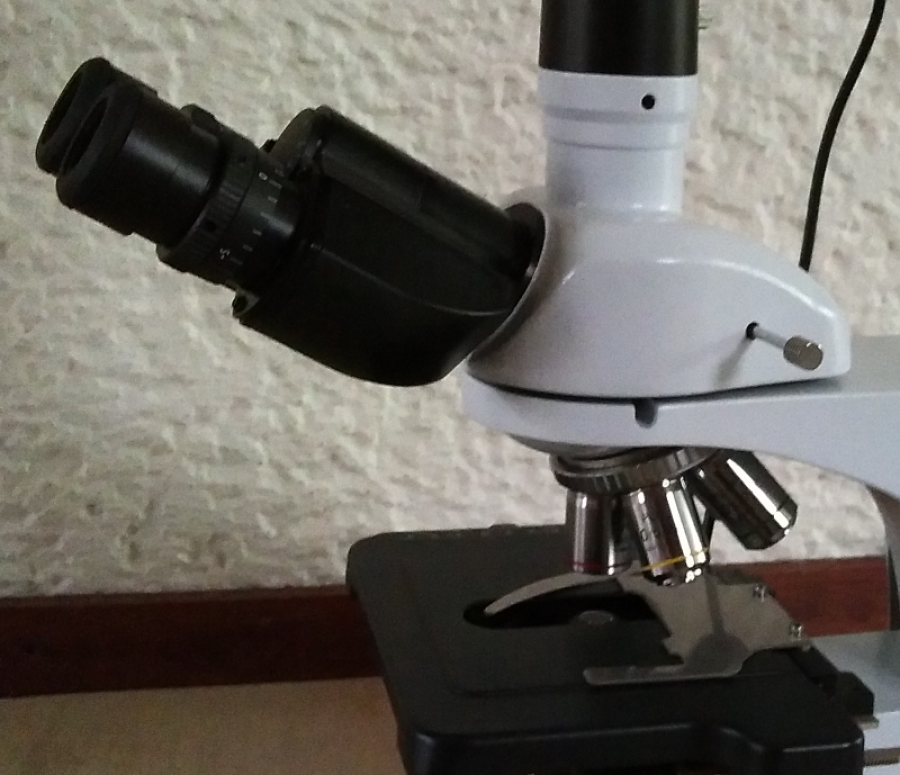
soil analysis
Guest blog Soil Life Consultant Tanja Dekker on the analysis method of a Soil Food Web analysis:
Light microscopy is a powerful tool for soil analysis because it can visualise and quantify soil particles and organisms at high resolution, providing important information to understand soil health and fertility, soil biodiversity and nutrient cycling.
Although it may seem counterintuitive, the reality of the soil sample can in fact be reflected in just one drop, even if we only examine a small part of the sample.
This is because the representative soil sample sent to us has been carefully selected to accurately reflect the larger soil area from which it was taken. By taking a small amount of soil from several locations within the larger area and mixing it thoroughly, we can ensure that the resulting soil sample is representative of the whole area.
We then take a small portion of the representative sample and make a 1:5 dilution, which allows us to reduce any variability in the sample and make it easier to count and quantify the particles and organisms present. By examining just one drop of this diluted sample, we can take a snapshot of the properties of the larger sample.
Of course, it is important to keep in mind that there is a certain amount of variability in any soil sample, and examining just one drop does not give a complete picture of the entire sample. However, by carefully selecting a representative sample, making a dilution and by examining multiple drops, we can get a more complete picture of soil properties and characteristics. Unlike other soil examination methods, light microscopy is non-destructive.








